Back pain affects up to 8 in 10 people at some point during their lifetime. Back pain is common in part because the spine is central to many of our daily activities, whether strenuous or not. The spine consists of 24 interlocking vertebrae, which are divided into three types: cervical, thoracic, and lumbar. Fibrous ligaments, discs, and muscles connect these bones, allowing for a combination of stability and flexibility to allow us to perform a variety of daily activities.
While we typically think of sitting as a restful activity, prolonged periods of sitting can lead to chronic back pain. Today’s lifestyles often involve significantly more time spent sitting than in previous decades. We all can enjoy the modern luxuries of being able to watch TV, browse the Internet, or order in a precooked meal at the end of a long day of work. However, for many of us, that long day of work involves sitting at a desk, so we go from sitting at work to sitting at home. It has become increasingly recognized that spending many hours planted in a seat is actually detrimental to one’s health. While a brief period of sitting is natural, long periods of sitting typically place the spine and pelvis in an unnatural position for an extended time, leading to low back pain among other issues.


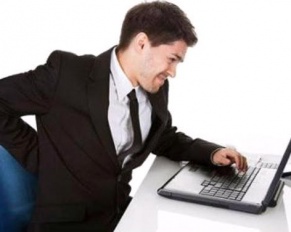
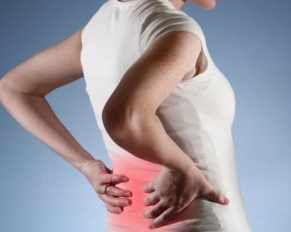
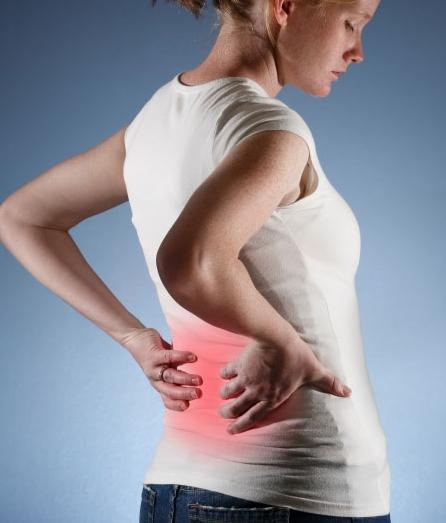 Mild back pain can be a nuisance. It turns everyday tasks into painful challenges. Walking, exercising, working and even sitting in a chair can cause unfathomable levels of discomfort. While seemingly counterintuitive, stretching actually plays a vital role in healing and alleviating back pain. During a period of chronic back pain, exercise is the last thing anyone wants to think about; but spine doctors indicate straightening and extending one’s body to its full length is exactly what the spine needs. It’s common knowledge that regular exercise is an essential component to the body’s overall health, yet many people seem to overlook stretching during their workout routine. But for individuals suffering from chronic back pain, stretching muscles can help alleviate discomfort in the spine, and even help prevent future occurrences of pain.
Mild back pain can be a nuisance. It turns everyday tasks into painful challenges. Walking, exercising, working and even sitting in a chair can cause unfathomable levels of discomfort. While seemingly counterintuitive, stretching actually plays a vital role in healing and alleviating back pain. During a period of chronic back pain, exercise is the last thing anyone wants to think about; but spine doctors indicate straightening and extending one’s body to its full length is exactly what the spine needs. It’s common knowledge that regular exercise is an essential component to the body’s overall health, yet many people seem to overlook stretching during their workout routine. But for individuals suffering from chronic back pain, stretching muscles can help alleviate discomfort in the spine, and even help prevent future occurrences of pain.
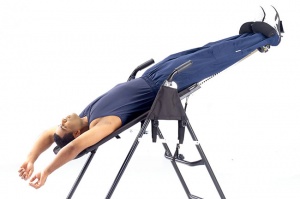
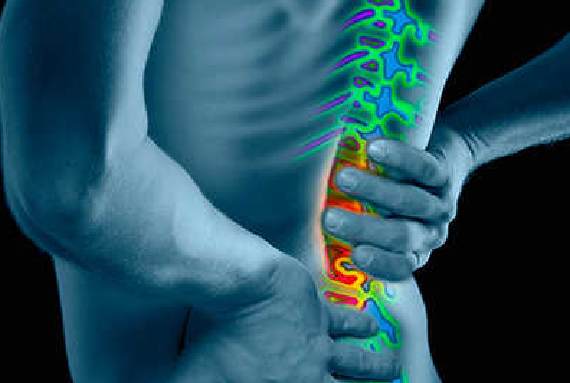

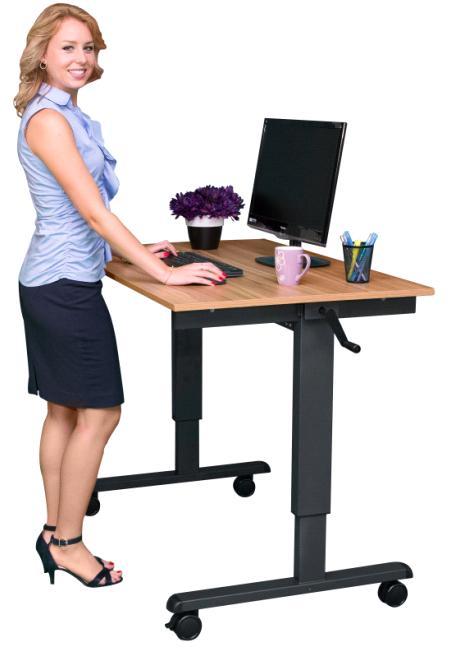 Office furniture was staid and boring for decades. Except for the big boss in the corner office, everyone else had a metal desk and a small upholstered chair that rolled on four casters on a plastic mat.
Office furniture was staid and boring for decades. Except for the big boss in the corner office, everyone else had a metal desk and a small upholstered chair that rolled on four casters on a plastic mat.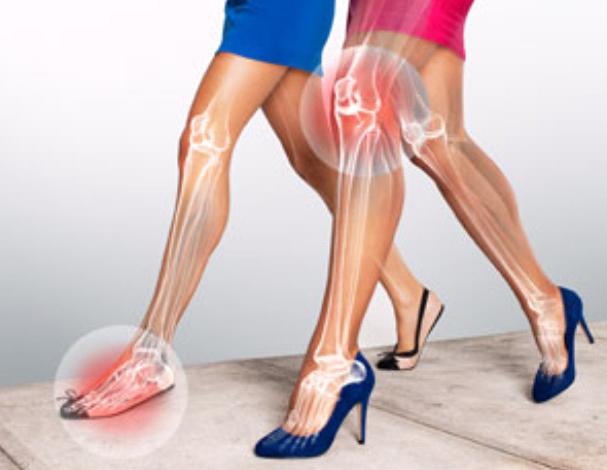 Way back in the 10th century, during the Tang Dynasty, a rather barbaric practice of Chinese foot binding of young girls, aged six years or younger, began. The feet of these poor children were wrapped in tight bandages and broken so they couldn’t grow any bigger. Why would such an atrocity be done you may ask? Well, binding the feet to make them appear tiny and delicate was practiced by wealthy families, as only wealthy families could afford to have the women of the house stay at home and not work. When you saw a Chinese woman with very tiny feet, you instantly recognized that as a status symbol representing prestige, beauty and wealth.
Way back in the 10th century, during the Tang Dynasty, a rather barbaric practice of Chinese foot binding of young girls, aged six years or younger, began. The feet of these poor children were wrapped in tight bandages and broken so they couldn’t grow any bigger. Why would such an atrocity be done you may ask? Well, binding the feet to make them appear tiny and delicate was practiced by wealthy families, as only wealthy families could afford to have the women of the house stay at home and not work. When you saw a Chinese woman with very tiny feet, you instantly recognized that as a status symbol representing prestige, beauty and wealth.